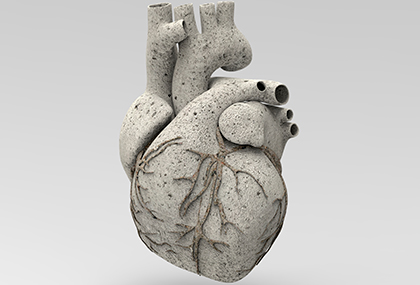Coronary calcification, whether concentric or eccentric, has always posed a challenge in percutaneous coronary intervention (PCI) due to difficulties in plaque preparation, device navigability, proper stent apposition, drug release, and potential complications during the procedure.

This study analyzed 262 patients who participated in the four Disrupt CAD OCT Studies and underwent PCI using coronary lithotripsy followed by assessment with optical coherence tomography (OCT).
Patients were divided into groups based on their calcification degree relative to the vessel circumference: 56 patients had calcification ≤180°, 57 between 180° and 270°, 51 between 271° and 359°, and 66 had complete 360° calcification.
There were no significant differences between the groups. The average age was 72 years, and most patients were male; 80% of subjects had hypertension, 20% had experienced a heart attack, and 20% had impaired kidney function. Diabetes was more common in patients with calcification between 271° and 359°, as well as in those with complete 360° calcification.
Read also: TCT 2023 | TRILUMINATE Trial: Health Status after TriClip.
The use of intravascular lithotripsy (IVL) was found to be safe, as it was not associated with complications such as dissection or occlusion.
During the procedure, there were no significant differences in terms of pre-dilation, post-dilation, treated artery, segment of the treated artery, vessel diameter, or type of stent used.
Post-procedure OCT analysis revealed that the number, depth, and width of fractures in calcification increased as calcification became more concentric. In particular, 360° calcifications showed a fourfold higher incidence of fractures compared with those ≤180°. Furthermore, this facilitated more concentric stent expansion, with greater lumen gain, without significant differences between quartiles.
Conclusion
In summary, lithotripsy induced fractures in coronary calcification that were proportional to the extent of calcification, even in eccentric cases. This led to a consistent improvement in stent expansion and luminal gain, both in concentric and eccentric calcifications in coronary arteries.

Dr. Carlos Fava.
Member of the Editorial Board of SOLACI.org.
Reference: Ziad A. Ali, et al.
Subscribe to our weekly newsletter
Get the latest scientific articles on interventional cardiology





